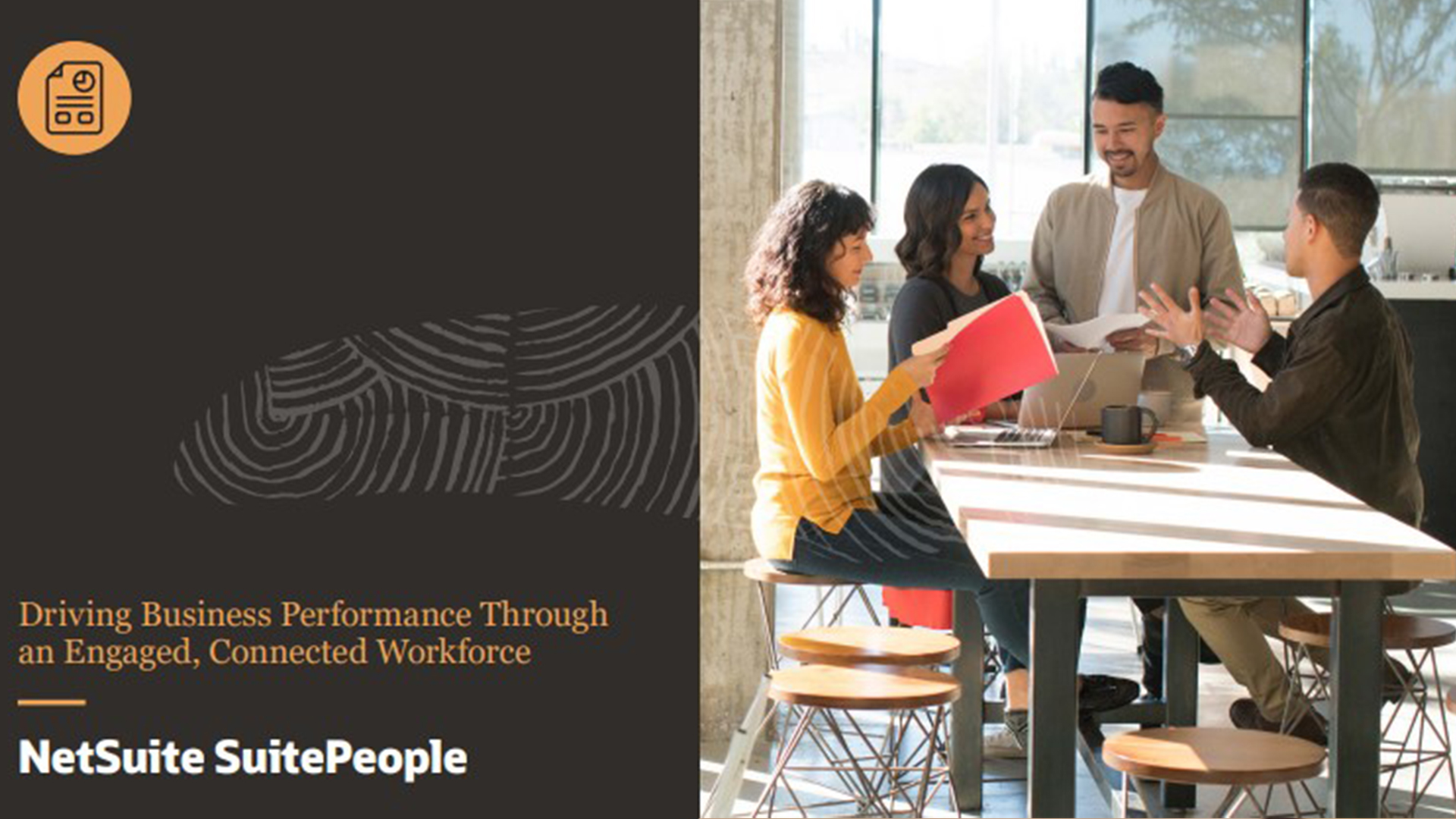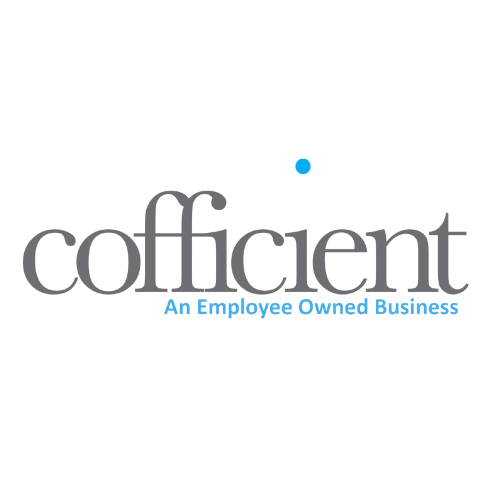
How Can People Analytics Drive Business Performance?
With organisations being on lockdown and staff just coming off furlough, it is essential that you drive business performance and close any financial gaps. One solution to this is your people. But how do you analyse people to drive business performance? This article aims to explain just that.
What Is People Analytics?
People analytics can be defined as the deeply data-driven and goal-focused method of studying all people processes, functions, challenges and opportunities.
It is often referred to as talent analytics or HR analytics. Essentially, gathering and assessing people leads to better decision making through the application of statistics and other data interpretation techniques.
Traditionally, People Analytics was used by large companies such as Google. Now a growing number of businesses are applying analytics to processes such as recruiting and retention, uncovering surprising sources of talent and counterintuitive insights about what drives employee performance.
By using people analytics, organisations can eliminate confusion and get a clear picture of what is working and what isn’t.
Analytical techniques extending from re-posting to metrics to predictive analytics to experimental research can help organisations reveal new insights, find solutions to people problems and direct companies’ HR actions.
Strong People Analytics Culture Leads to Good Business Outcomes
A survey by CIPD found that people analytics culture is positively associated with the overall business performance:
- 65% of those who said they work in an organisation with a strong people analytics culture said that their business performance was substantial when compared with competitors.
- but only 32% of those in weak analytics cultures report strong business performance – this represents a 33 point difference.
Driven by the comprehensive acceptance of cloud HR systems, organisations are investing in programs to use data for all facets of workforce planning, talent management and operational improvement. A solution like NetSuite’s SuitePeople can help:
- Integrate people analytics and new perspectives on people risk and opportunity: the risk and opportunity perspective offer a unique way to understand value creation and value capture by organisations. Using people data can help to uncover how this works in practice.
- Build stronger cross-functional relationships to improve the impact of people analytics: non HR functions require encouragement to increase the use of people data in their practice and for long-term decision-making. HR leaders and business partners should use this opportunity to build relationships using people data and focus on delivering business value.
- Build people analytics skills and confidence in the profession: HR leaders must invest in and develop the skills and confidence of HR professionals and ensure they have the opportunities to undertake people analytics projects.
With the current situation, businesses must asses their business accurately, this includes people, processes and systems.
Software such as SuitePeople makes if possible to analyse data regarding recruitment, performance, employee mobility and other factors. HR managers now have access to a seemingly endless combination of metrics to help them understand, at a far deeper level, what drives results.
No longer is analytics about finding interesting information and flagging it for managers.
It is now becoming a business function focused on using data to understand every part of a business operation and embedding analytics into real-time apps. In the context of mobile maps, it’s time to “recalculate the route”.
Download our latest whitepaper which will help you drive business performance through an engaged and connected workforce.
If you’d like more information or would like to see a demo, get in touch.




